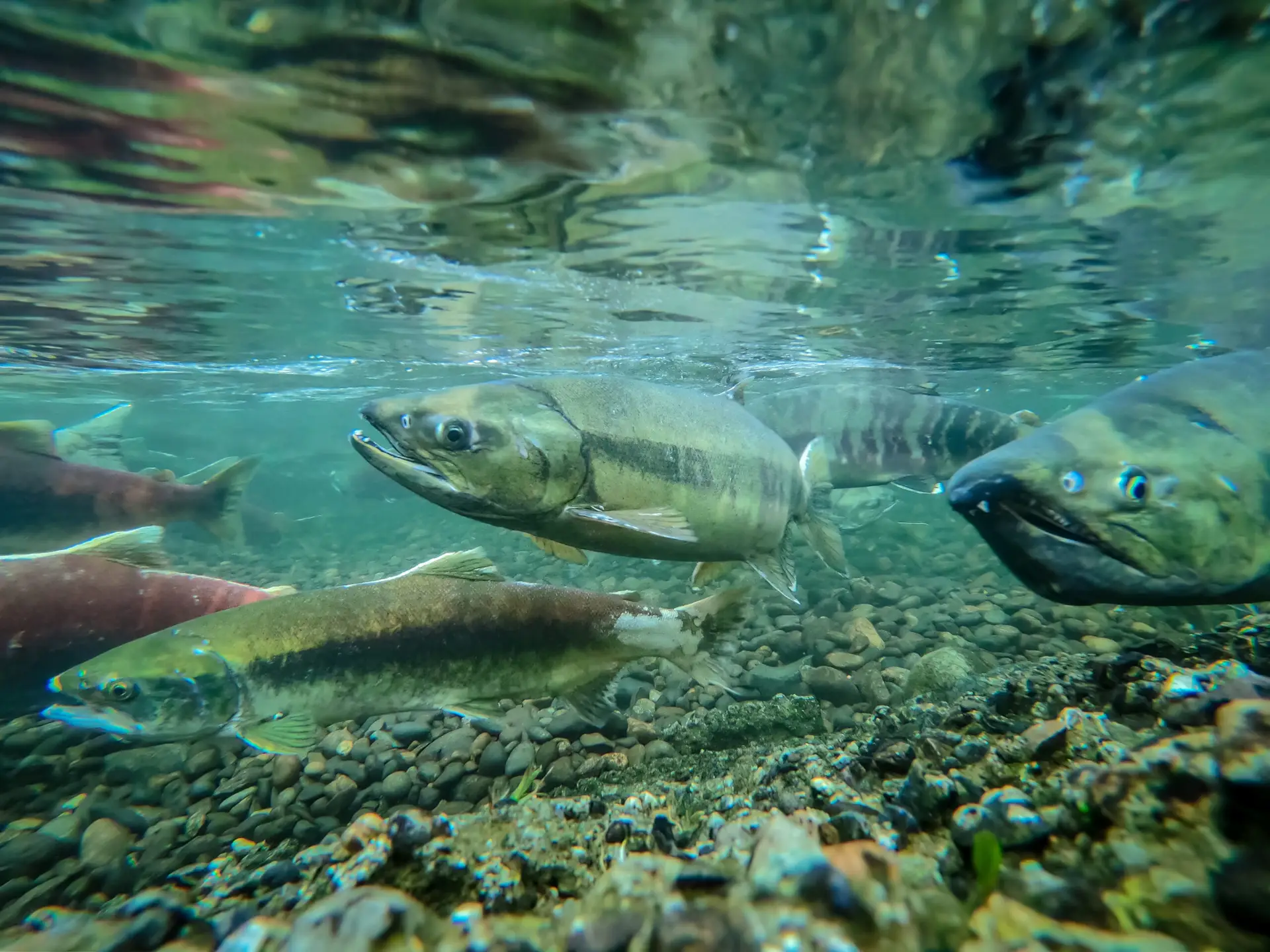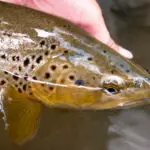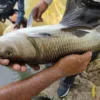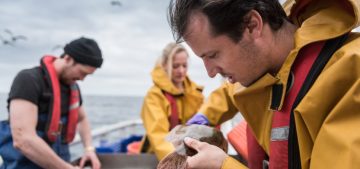Tracking the migratory patterns of fish has never been more crucial for understanding our oceans and the life within them. With the integration of advanced tracking technologies and cutting-edge fish tags, marine researchers can now gather unprecedented data on fish movements and behaviors. This innovative approach not only aids in conservation efforts but also enhances our overall knowledge of marine ecosystems. In this blog, we will explore how these advanced fish tags are revolutionizing the way we study and protect aquatic life.
The Importance of Understanding Fish Migratory Patterns
Understanding the migratory patterns of fish is essential for several reasons. These movements play a crucial role in maintaining balanced ecosystems, supporting fishing industries, and guiding conservation efforts. By comprehending these patterns, scientists and researchers can make informed decisions that impact both marine life and human activities.
Role in Ecosystems and Biodiversity
Fish migrations are pivotal for sustaining ecosystems and maintaining biodiversity. Many fish species migrate to feed, spawn, or mature, affecting food chains and ecosystem dynamics along the way. Such movements ensure the transfer of nutrients between different marine regions, which supports various life forms. For instance, salmon migrate from the ocean to freshwater rivers to spawn, bringing ocean nutrients upstream. These nutrients contribute to the fertility of aquatic and terrestrial ecosystems, supporting plants and animals both in and out of the water.
Moreover, the presence of migratory fish can influence the behavior and distribution of other marine species. Predators and prey adapt to these migrations as they seek food or avoid becoming food themselves. Disruptions in these patterns due to climate change, habitat destruction, or overfishing can lead to imbalances, threatening biodiversity and ecosystem resilience.
Impacts on Fishing Industries
The fishing industry relies heavily on the predictable patterns of fish migration. Many fisheries are strategically located along migratory routes to optimize catches. Understanding these patterns helps locate fish populations and predict their movements. This knowledge enables fisheries to plan their activities effectively, minimizing bycatch and reducing environmental impact.
Changes in migratory patterns can directly affect the availability of fish stocks, impacting commercial fishing operations and local economies. For example, if a particular fish species alters its route or timing of migration, it may become harder to catch or even inaccessible, leading to economic losses. Thus, tracking these patterns aids in ensuring the sustainability and productivity of the fishing industry.
Conservation and Sustainability Efforts
Accurate information about fish migrations is crucial for conservation and sustainability efforts. Many fish species are overexploited, and their populations are declining. By understanding their migratory behaviors, conservationists can develop effective management strategies to protect these species and their habitats.
Protected marine areas can be established based on migratory routes to safeguard critical habitats and breeding grounds. Tracking these patterns also aids in assessing the impact of environmental changes, such as ocean warming and acidification, on migratory behaviors. Sustainability initiatives can then be tailored to address these impacts, promoting long-term health and stability of marine ecosystems.
How Cutting-Edge Fish Tags Help Track Migratory Patterns in Fish
Advancements in marine technology have made it possible to track fish migrations more accurately than ever before. Cutting-edge fish tags offer scientists insights into the whereabouts and behaviors of various fish species, facilitating research and management efforts.
Implanting Tags in Fish and Monitoring
The process begins with the careful selection and implementation of fish tags, which can be external or internal. External tags are attached to the fish’s body, while internal tags are surgically implanted. Each method is chosen based on the species and the objectives of the study.
Once tagged, fish are released back into their environment. Researchers can then monitor these tagged individuals over time, collecting valuable data. The tagging process is typically conducted with minimal harm to the fish, ensuring they return to their natural behavior as quickly as possible. Monitoring these tagged fish provides continuous data on their movements over days, months, or even years.
Data Collection and Transmission
Fish tags are equipped with advanced data collection and transmission capabilities. They gather information regarding the fish’s location, depth, temperature, and sometimes even physiological data. This wealth of information is transmitted via various methods such as satellite, radio, or acoustic signals to researchers for analysis.
Satellite fish tags transmit data to orbiting satellites, offering global tracking capabilities. Acoustic tags emit sound waves that are picked up by underwater receivers strategically placed along migratory routes. These technologies allow scientists to obtain real-time data, enhancing the understanding of fish behavior in diverse environments.
Tracking and Mapping Fish Movements
The collected data allows researchers to track and map fish movements effectively. Using GPS and other tracking systems, scientists can create detailed maps and 3D visualizations of migration routes. This information is crucial for identifying key migratory paths and important habitats.
Mapping fish movements aids in understanding how environmental factors influence migration. Factors such as water temperature, salinity, and ocean currents can significantly affect where and when fish migrate. By analyzing this data, researchers can identify patterns and correlations, offering predictive insights into future migrations.
Incorporating tracking data into management plans helps create strategies that protect vital areas and ensure sustainable use of marine resources. This cutting-edge approach represents a significant leap forward in fishery science, empowering efforts to maintain marine biodiversity and promote the resilience of ocean ecosystems in a changing world.
Conclusion
In conclusion, the use of cutting-edge fish tags is revolutionizing our understanding of fish migratory patterns. These advanced tracking devices provide researchers with invaluable data leading to improved conservation efforts. better management of fisheries, and enhanced knowledge of aquatic ecosystems.
As marine technology continues to advance, the potential to unlock more secrets of the ocean becomes greater. By tracking fish migration more accurately, scientists can make well-informed decisions that benefit both marine life and human populations dependent on these resources. This technology not only enriches scientific research but also plays a crucial role in ensuring the sustainability of our oceans for future generations.







Add comment